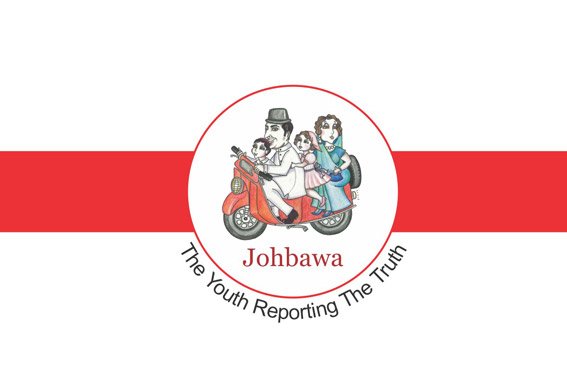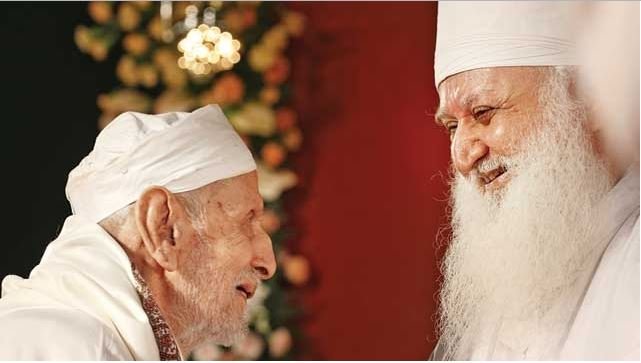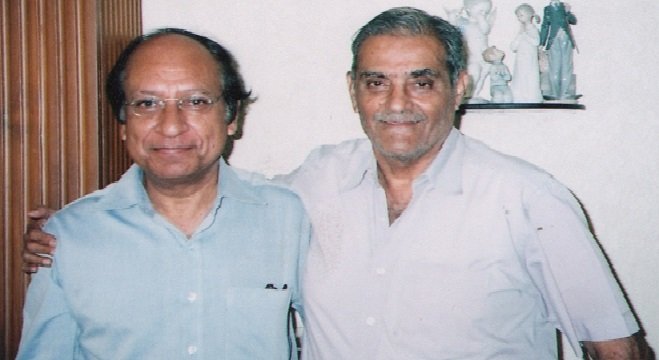Alarming 18% decline in Parsi population since 2001 census has community worried
Veteran cartoonist Hemant Morparia once depicted a grumpy panda in a cage whining to his mate, “So much pressure on us to breed – what do they take us for, Parsis?” Based on the recently-released 2011 census figures, the pressure on Parsis to procreate pronto is only likely to increase.
Since 2001, the Parsi population has declined to 57,264, an approximate 18% drop from 69,601. While Parsis expected the number to dwindle, the drop is even more drastic than most predicted. “I was expecting 60,000,” says Parsiana editor Jehangir Patel, whose magazine keeps track of births and deaths in the community. “I think the reason for the discrepancy is the lack of reliable data from small towns and places like Hyderabad, Kolkata and Chennai.”
While the population in Maharashtra has fallen by 9,885, Gujarat has seen a relatively smaller decline of 1,867. Delhi and Haryana, however, have seen a tiny increase of 19 people and 59 people respectively. The difference between men and women is almost insignificant. The number of Parsi men declined by 17% and women by 18%.
In 2014, a series of provocative print ads were released under the government funded ‘Jiyo Parsi’ scheme to stem the population decline. “Isn’t it time you broke up with your mom?” asked one, poking fun at 40-year-old Parsi men, who are unable to cut the “umbilical cord”. Another one read, tongue-firmly-in-cheek, “We’re superior. We’re cultured. We’re educated. We’re about to be extinct. Get married early, have babies early.” The scheme also counsels Parsi couples to start families quickly and urges them to diagnose and treat infertility. It also offers free treatments like in-vitro fertilization and intrauterine insemination to couples with annual income below Rs10 lakh.
Shernaz Cama, director of the UNESCO Parzor Foundation, which is implementing the scheme, admitted the census numbers were disheartening but was upbeat about the fact that Jiyo Parsi was responsible for three new births this month alone. “Since the scheme was implemented, there have been 71 births through Jiyo Parsi,” said Cama, adding two-thirds were through the advocacy programme. “After seeing our films and hearing our counselors, couples approach us determined to have a second child,” she says.
Many young Parsis – though alarmed by the figures – are wary of committing to having large families or “carom foursomes” as the Jiyo Parsi ads suggest. “I’ve done my bit by marrying a Parsi,” says Murad Currawalla. “But I would plan my family based on how many kids I can afford to have in terms of education and personal attention.”
Hoshang Gotla, the founder of youth organization Xtremely Young Zoroastrians (XYZ), agrees stemming the decline is improbable at this stage. Instead of obsessing over numbers, he tries to channel positivity into the 5-15 age group. “We just want to keep these children within the community, give them a chance to meet each other and feel pride and belonging in being Parsi,” he says.
There’s also the feeling among liberals that Parsis have brought this upon themselves with rigid rules keeping children of Parsi mothers and non-Parsi fathers outside the faith. But even such alarming statistics aren’t enough for orthodox sections to agree to “tinker” with customs.
“We need to uphold our traditions else we will perish,” says former Bombay Parsi Punchayet (BPP) trustee Jimmy Mistry, adding these figures need to be seen in the context of where we started. “When we came to India we were not more than 2,500, but we grew to 69,000.” BPP chairman Yazdi Desai adds these figures also don’t take into account migration to foreign countries.
While some insist on seeing the silver lining, others like Patel feel Parsis need to start thinking about how their institutions can outlast them. “If there is nobody there, we can consider converting our fire temples into schools and libraries. I don’t want them torn down. People should remember us as a community that made a huge contribution even as they died out.”
Published on TimesOfIndia





